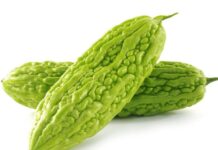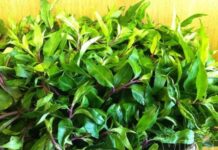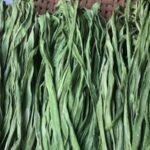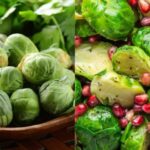Green vegetables are an indispensable part of any meal, offering essential fiber, vitamins, and minerals. There are numerous ways to prepare green vegetables, including eating them raw, making salads, stir-frying, boiling, or cooking them in soups. Whenever cooking with vegetables, it’s important to consider their cleanliness and whether they contain any harmful pesticides. Vegetables with high levels of pesticide residue can be extremely detrimental to one’s health.
When shopping for vegetables, opt for those that are organically grown and have a natural resistance to pests and diseases, reducing the need for pesticides. Two such examples are:
Wood Sorrel (Rau Sam): A Wild Herb Packed with Nutrients
Wood sorrel, often found growing wild, is almost free of pesticides. This herb has a mild sour taste and can be prepared in various ways. Despite being a wild herb, wood sorrel is highly nutritious and offers medicinal benefits. According to traditional medicine, wood sorrel has a cooling nature, a sour taste, and is believed to benefit the liver and large intestine. It is said to possess cooling, anti-inflammatory, detoxifying, and diuretic properties.
As reported by the Vietnamese Women’s Newspaper, herbalist Bui Hong Minh from the Ba Dinh District Oriental Medicine Association in Hanoi, Vietnam, shared that wood sorrel is also known as Ma Xi Thai or Ma Xi Hien. This herb is valued for its detoxifying properties and is considered a natural antibiotic. The cooling nature of wood sorrel helps counteract heatiness and stimulates the digestive system. It also has antiseptic properties and is useful for treating skin rashes, pimples, and abscesses.

Wood sorrel is a good source of vitamin A, which improves eyesight and boosts immunity. It also contains vitamins C and E, which have antioxidant properties that protect cells and promote healthy skin. Additionally, this herb provides essential minerals such as magnesium, calcium, potassium, and iron, which contribute to strong bones and a healthy cardiovascular system. Wood sorrel also contains beneficial omega-3 fatty acids.
This wild herb is rich in beta-carotene, a powerful antioxidant that combats free radicals, protecting cells and reducing the risk of various health conditions. According to traditional medical texts, consuming 50-100 grams of fresh wood sorrel daily can provide nutritional benefits. Alternatively, 15-30 grams of dried wood sorrel can be decocted and the liquid consumed.
Wood sorrel is a resilient wild herb that spreads easily without the need for fertilizers or pesticides, making it one of the least sprayed vegetables available in the market.
However, it is important to note that while wood sorrel is highly nutritious and rich in vitamins and minerals, excessive consumption over a prolonged period may increase the risk of kidney stone formation due to its high oxalic acid content. Oxalic acid can crystallize and form oxalate stones in the urinary tract.
Stinging Nettle (Rau Đay): Easy to Grow and Pest-Resistant
Stinging nettle is characterized by its sticky texture. When cut or crushed, it releases even more sticky fluid. It is commonly cooked with ingredients like crab, shrimp, and dried shrimp. This vegetable is widely available in markets and supermarkets and is a familiar part of Vietnamese cuisine, offering numerous health benefits.
There are different varieties of stinging nettle, including green stinging nettle (also known as white stinging nettle) and red stinging nettle. This vegetable is rich in vitamins A, C, and E, which possess strong antioxidant properties that protect cells from damage caused by free radicals. These antioxidants also boost the immune system.
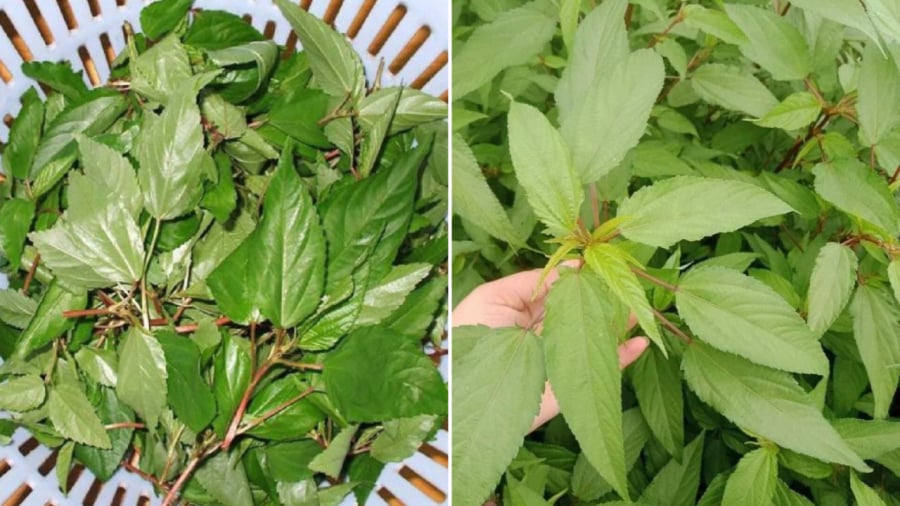
Stinging nettle is an excellent source of iron and vitamin C, which helps improve immunity and prevents flu and colds. This plant is easy to grow and resistant to insect attacks, so farmers rarely need to use pesticides during cultivation.
When shopping for vegetables, consider purchasing stinging nettle and wood sorrel to incorporate into your family’s meals. These vegetables are not only packed with nutrients but also have a lower risk of pesticide residue. However, regardless of the type of vegetable you choose to cook, always remember to wash them thoroughly before cooking.













